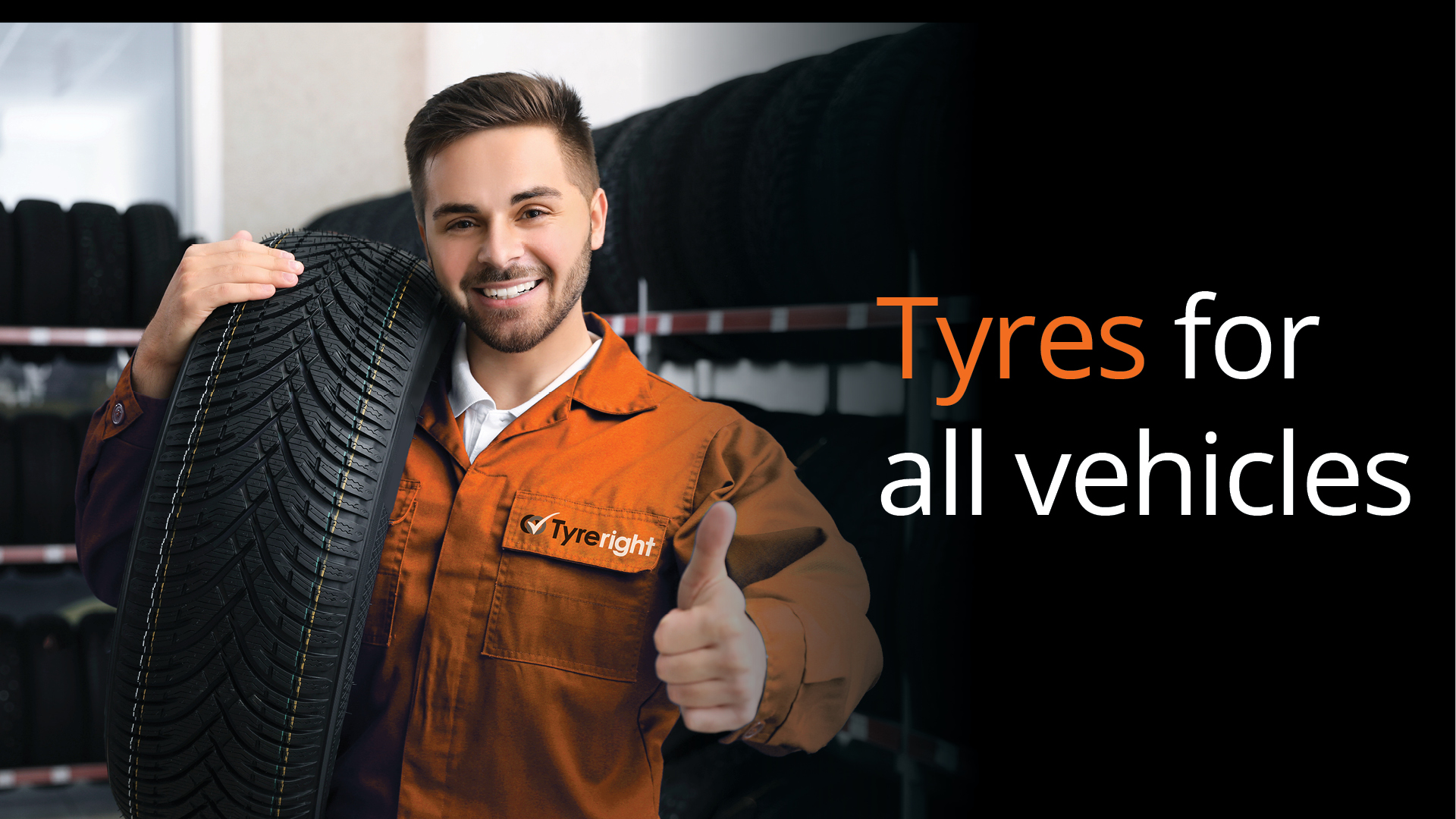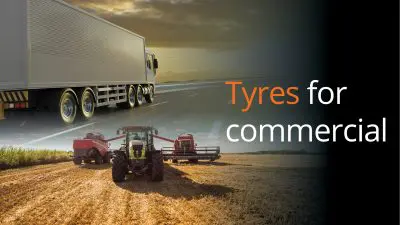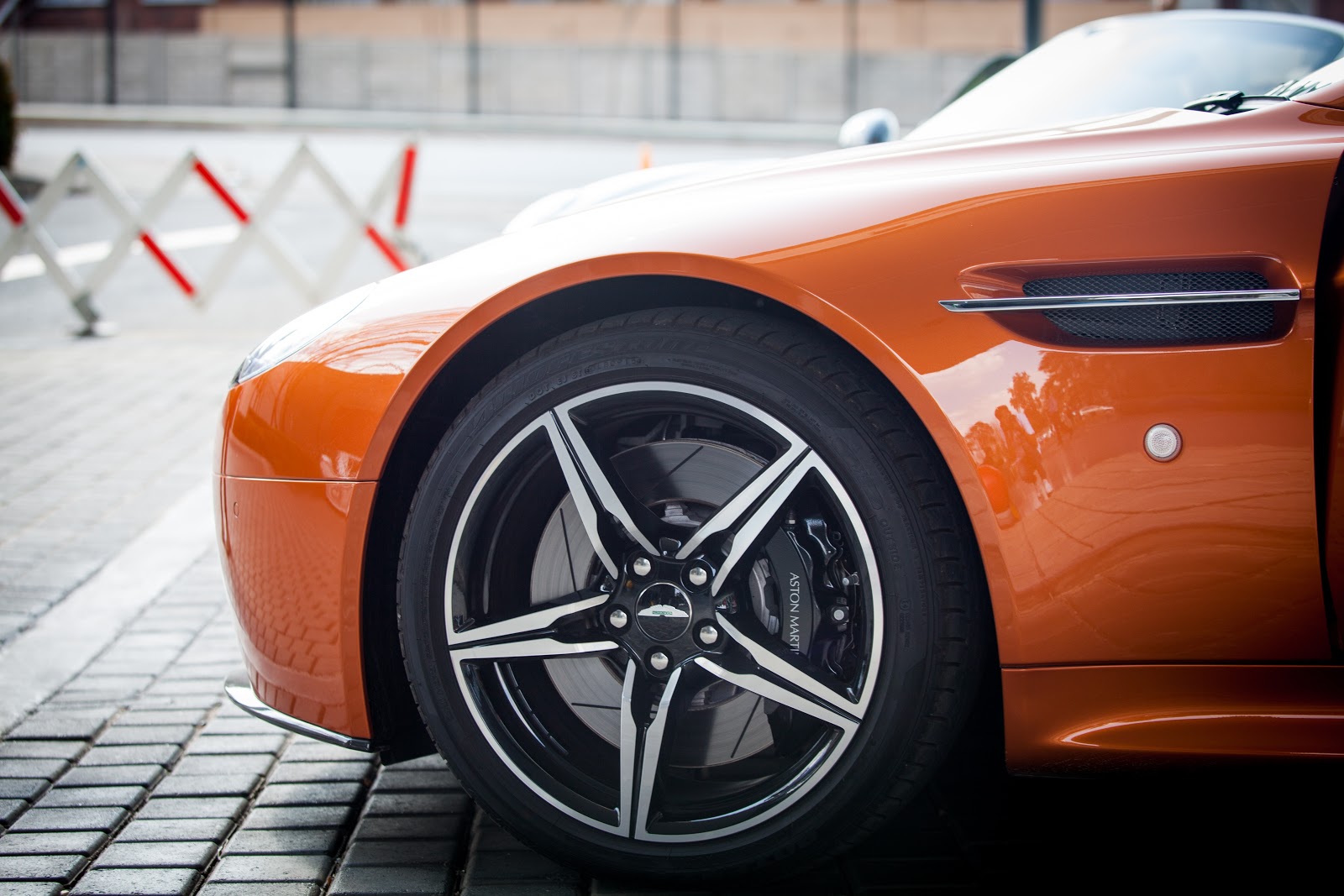Here’s an in-depth look at the pros and cons of low-profile tyres
We live in an era of rapid changes in the automobile industry. Often, these changes are big, as electric and self-driving cars grow more common on our roads. Sometimes these changes are smaller: for instance, you only need to swap out your tyres to change the entire look and feel of your current car. This is where low-profile tyres come into the picture.
Adored by many car gurus, low-profile tyres are often seen but little understood by many. Some motorists think they are gimmicky, while others think they are only useful for real race cars. So what is the truth? Here’s an in-depth look at the pros and cons of low-profile tyres.
A low-profile tyre will guarantee your car has the setup to achieve its best speed. For car gurus who love taking their ride out to events or even just a quick burn around their local race track, low-profile tyres can be a revelation in terms of the feel and performance they deliver.
Driving around the local circuit on track day is sure to give you a thrill, but in other circumstances, low-profile tyres will be more like low-performance tyres. Sure, they will look nice, but they will also cost more than a regular set of tyres. If you mostly use your vehicle for school pick-ups or commuting to work at 8 a.m., you’re unlikely to get a chance to enjoy the tyres as intended.
Pro: The lower profile can make your car safer in a crash
It shouldn’t be surprising, but to many motorists, it is: the lower your car is to the ground, the safer you are. While as discussed below, low-profile tyres can pose other issues, when it comes to a crash, lower-profile tyres ensure your car has a lower centre of gravity overall. This means in the event you’re sideswiped, your car is less likely to be lifted off its wheels or rolled over. Sure, the tyres may look cool, but they also provide a unique safety feature as well.
Con: They make your car more likely to sustain incidental damage
Lower-profile tyres will diminish the chance your car is tipped over during an accident, but this benefit needs to be weighed against the greater chance of scratches and dents. Because there is less room between the wheel and your car’s body, your lower-profile tyres are more likely to kick up dirt and rocks onto your vehicle. Usually, this is just a minor annoyance, but if you have a very expensive ride that is costly to do body work on, you may feel happier sticking with a regular tyre.
Pro: They can provide you with a more fluid drive
Because your car will be lower to the ground, lower-profile tyres can deliver you a more responsive ride. This is not just confined to high-speed aerodynamics, but also driving at more moderate speeds. With a great set of lower-profile tyres and a well-tuned manual transmission, your car can feel fundamentally different to drive than an automatic with regular tyres. This can turn driving into an absolute pleasure every time you start the engine.
Con: Australian roads are not built for low-profile tyres
We are a wonderful country here Down Under, but we have two challenges to driving. First, our dense population, with over 75 per cent of the country living in our 20 largest cities, means most of us use those city roads a lot. The second challenge is the heat of our desert continent, which has an impact on the wear and tear of our roads.
These issues don’t mean you can’t still get low-profile tyres and have a lot of fun with them. It just means that if you have become enchanted by the idea of a low-profile set after viewing a video of the Autobahn, you’ll soon be in for a rude shock with many of Australia’s roads sure to deliver a bumpy ride.
Pro: They will make your car stand out
It’s a great thing to live in an era when cars from around the world are imported into Australia very easily, with many rare cars on our roads. It can also feel a bit frustrating. You can spend a lot of time and effort trying to find a really cool rare car that makes your heart race, only to find your neighbour got one just like it. That’s why low-profile tyres can be great and easy way to give your car a unique look that will make it truly stand out.
Con: Low-profile tyres may be an insurance – and law – issue
Generally speaking, cars have been modified over the decades to have a higher profile so as to prevent anyone who is hit in an accident from getting caught under the vehicle. While the odds of such an accident happening are low, if you’ve lowered your car and then been in an accident (even if no one was hurt and no real damage to the cars occurred), you may find your insurance doesn’t cover the cost.
Also, modifications that are done in this vein can often fall under a ‘grey’ area of the law, meaning attention from police could arise. For this reason, it is important to check with your insurance company and look into local laws before installing a set of low-profile tyres.
Love driving with low-profile tyres
Overall, low-profile tyres may be mainly a cosmetic addition to your car. You’re unlikely to regularly hit high enough speeds that aerodynamics will impact your regular driving. You may also find now and then that a pothole you drive over really makes for an unpleasant jarring moment in your daily commute. While these are important facts to consider about low-profile tyres, they are not the only factors.
Can you replace low-profile tyres with normal tyres?
Yes, it is possible to replace low-profile tyres with normal tyres, but you must consider several factors before making the switch. The primary concern is to maintain the overall diameter of the wheel and tyre combination to ensure proper fitment and vehicle performance. Replacing low-profile tyres with normal tyres typically involves selecting a smaller wheel diameter and a tyre with a higher aspect ratio (sidewall height). However, you must also take into account the car’s suspension, brake clearance, and handling characteristics, as well as the accuracy of the speedometer and odometer. It’s recommended to consult a tyre professional or your vehicle’s manufacturer to determine the appropriate tyre and wheel combination for your specific vehicle.
High profile tyres vs low profile tyres
High-profile tyres, also known as standard tyres, have a larger sidewall height compared to low-profile tyres. This added height provides better shock absorption, resulting in a more comfortable and smoother ride. High-profile tyres are generally more suitable for vehicles that encounter rough road conditions or need to carry heavy loads. Their larger sidewalls also make them more resistant to damage from potholes or other road hazards. On the other hand, high-profile tyres may have a slightly reduced steering response and cornering stability compared to their low-profile counterparts.
Low-profile tyres have a smaller sidewall height and are often found on sports cars and luxury vehicles. These tyres offer a more responsive steering feel and improved cornering stability due to their reduced sidewall flex. This characteristic allows the vehicle to maintain better contact with the road, providing enhanced grip and handling. However, low-profile tyres tend to deliver a harsher ride due to their reduced ability to absorb road imperfections. Additionally, they are more susceptible to damage from potholes and other road hazards, and their thin sidewalls can lead to quicker wear and a shorter overall tyre lifespan.
Ultimately, cars and driving should be fun. We spend so much time in our cars throughout our lives, that you may as well ensure you get every ounce of fun you can out of your driving. Provided you can install a set that conforms to your local laws and insurance guidelines, low-profile tyres can be a fun addition to your car. Buy a set, install them, and then enjoy the fun of cruising on the level day in and day out.








